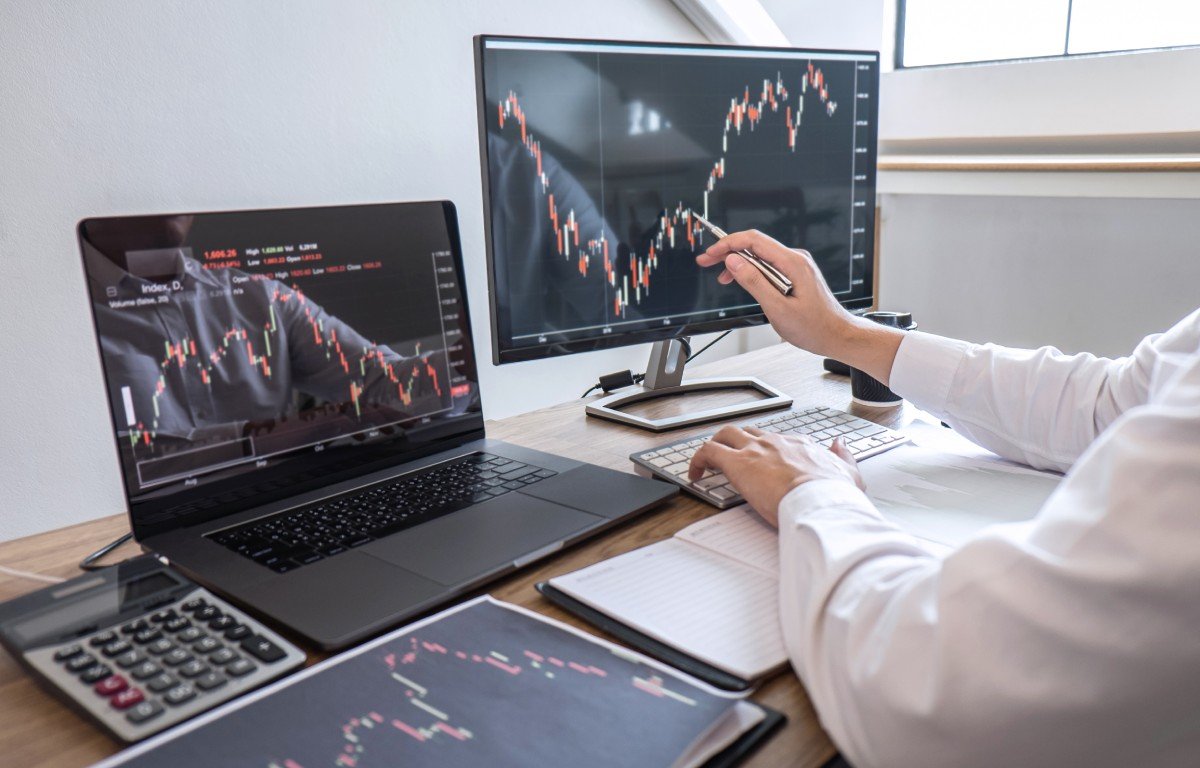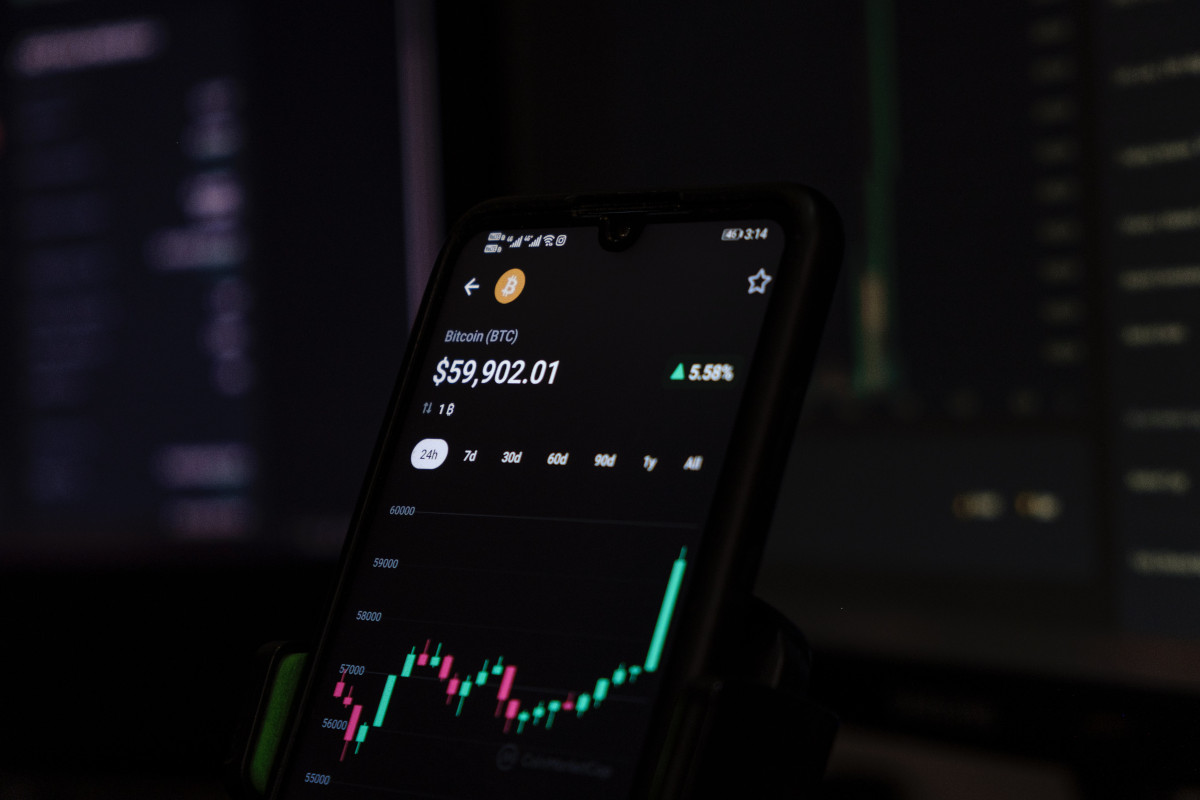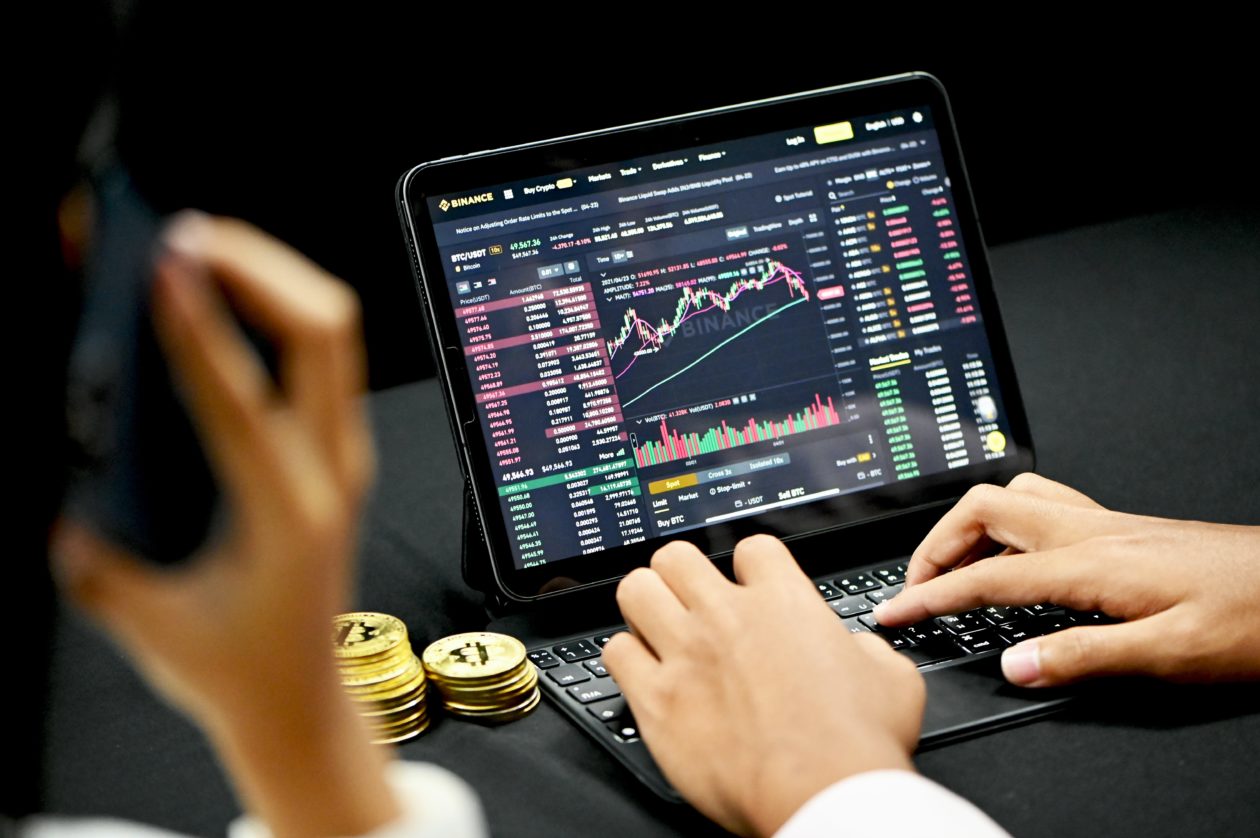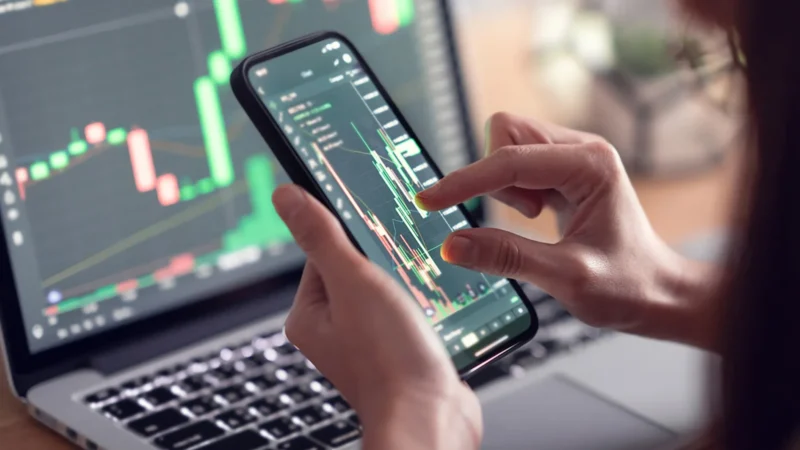The journey of trading is a remarkable tale, weaving through centuries of innovation, culture, and economic shifts. Once, the bustling atmosphere of the trading pit echoed with the shouts of brokers, each vying for the best deal amid a chaotic sea of humanity.
Fast forward to today, and the landscape has transformed drastically, giving way to sleek screens and sophisticated algorithms that execute trades in milliseconds. This evolution from visceral exchanges to digital precision illustrates more than just a change in technology; it reflects our growing reliance on data and speed in an increasingly complex financial world.
As we delve into the fascinating progression of trading, we uncover the interplay between human intuition and mechanical efficiency, examining how this balance has reshaped markets and continues to redefine the future of financial transactions.
The Pit Trading Era

The Pit Trading Era, a vibrant tapestry of human interaction and frenetic energy, marked an exhilarating chapter in the landscape of trading. Picture the chaotic scenes within the pit: traders, clad in colorful jackets, erupted in boisterous shouts while frantically waving arms, creating a cacophony that echoed throughout the exchange floor.
Each day brought a new spectacle, a dance of supply and demand where split-second decisions could yield fortunes or lead to devastating losses. The air was thick with tension as traders honed their instincts, interpreting every flicker of emotion and gesture, thriving on the exhilarating unpredictability.
Start with auto trading: In those cramped quarters, amidst the swirling masses, elements like intuition and camaraderie played pivotal roles, as deals were struck with a handshake or a shout, often bypassing the formalities of paperwork altogether.
This era, rich in human texture and raw energy, forged a unique bond among traders, giving rise to legendary figures whose exploits would be recounted for years, serving as a testament to the raw, unvarnished thrill of trading before the digital age swept in to transform everything into algorithms and screens.
The Transition to Electronic Trading

The transition to electronic trading marked a seismic shift in the financial landscape, fundamentally altering how trades were executed and how market participants interacted with one another. Gone were the days of shouting orders in bustling pits; instead, traders now harnessed the power of sophisticated algorithms and high-speed connections.
This technological revolution was driven by the quest for efficiency and transparency. As screens replaced shouts, the world of finance evolved into a space where milliseconds could mean the difference between profit and loss. At the heart of this change lay a rapidly expanding infrastructure of data analytics and real-time market insights, empowering traders to make decisions informed by vast arrays of information.
Yet, as electronic systems took the reins, new challenges emerged—issues of market volatility, manipulatory practices, and the potential for catastrophic failures loomed, introducing a narrative steeped in both innovation and caution. This juxtaposition of progress and peril has since defined the ongoing evolution of trading, setting the stage for an ever-more complex and dynamic marketplace.
The Rise of Algorithmic Trading

The rise of algorithmic trading has fundamentally transformed the landscape of financial markets, ushering in an era defined by lightning-fast execution and intricate data analysis. Gone are the days when traders relied on gut instincts and manual order placements; now, sophisticated algorithms automatically analyze vast datasets, identify patterns, and execute trades within milliseconds.
This technological evolution has not only enhanced efficiency but also introduced new layers of complexity, as firms leverage artificial intelligence and machine learning to refine their strategies and adapt to ever-shifting market conditions.
Yet, this shift has not been without its challenges—issues of market fragmentation, algorithmic collusion, and the ever-present risk of flash crashes loom over practitioners in this brave new world. As these systems continue to evolve, the fabric of trading is woven with equal parts innovation and unpredictability, leading to a dynamic interplay between human intuition and machine precision.
Conclusion
In conclusion, the evolution of trading from traditional pit systems to sophisticated algorithmic models marks a profound transformation in the financial landscape. Auto trading has revolutionized the ways in which traders engage with markets, enabling lightning-fast transactions and unparalleled efficiency.
As technology continues to advance, the reliance on algorithms and data-driven decision-making will only deepen, paving the way for new strategies and opportunities. While the human element in trading remains crucial, the shift towards automated systems exemplifies the increasing intersection of finance and technology. As we look to the future, the trading arena will likely continue to evolve, driven by innovations that enhance transparency, reduce costs, and empower traders of all levels.


